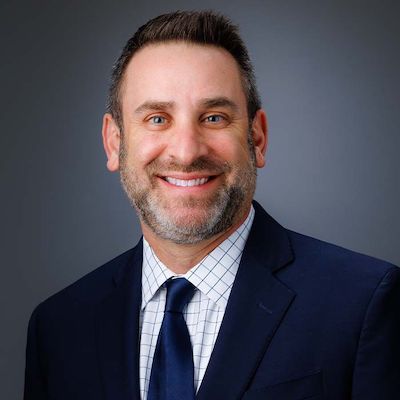Main Image

Cardinal Health announced April 1 that it has acquired Advanced Diabetes Supply Group (ADSG), a nationwide direct-to-patient diabetic medical supplies provider, for approximately $1.1 billion. ADSG, which serves some 500,000 patients a year, will merge with Cardinal Health's at-Home Solutions business. HomeCare talked with Rob Schlissberg, president of Cardinal Health at-Home Solutions, about the transaction and what it means for the company, its customers and patients.
HomeCare: Why make this purchase of Advanced Diabetes Supply Group? Why is this important for Cardinal and your long-term strategy?
Schlissberg: It’s really important for our long-term strategy as we think about where we want to go as a homecare business of Cardinal Health. First, when you think about diabetes, there's a problem to solve, right? It costs our health system a lot of money and unfortunately, the prevalence is continuing to grow in our population, so we think there's a problem to solve, and we are really well positioned to do so.
Second, it fits squarely into our strategy of what we've been trying to do, which is to serve the needs of those with chronic conditions in their homes. And it fits squarely into … the infrastructure we're building as a distributor. Our distribution network is uniquely designed to service this kind of high volume, small pick-pack-and-ship type of product that we can get to people very quickly and very accurately with a high level of customer experience. There’s not much else that we could do in terms of better volume to put in those buildings than these types of products.
Lastly, I would say it’s an awesome team that we're super excited to work with, learn from, and just get a great infusion of talent as well.
HC: Was the planning and building out of the new distribution center in Fort Worth, Texas, connected to this acquisition?
Schlissberg: So, Fort Worth is the third new building that we have either opened or are opening in the past 18 months to two years. Our investment priority has been to expand and modernize our distribution network. It is specifically designed for this kind of volume; we do this kind of volume on both sides of our business—Cardinal Health at Home and Edgepark—on a very large scale already.
So, I would say not necessary to add capacity and automation because of the acquisition; it just puts it into the pipes that we're already building. Our favorite anecdote is that (ADSG) is about a billion dollars of revenue that we'll be putting into our pipes, and it takes about 2% of our capacity of our distribution network. That’s a good equation for us.
HC: You mentioned that diabetes has been on the rise for years, but we have these new pharmaceuticals in the form of GLP-1s that some speculate could change that trajectory. Is that something that Cardinal is looking at in the long term
Shlissberg: Absolutely. We actually think it's a good thing. One, it's good for people, so that's first and foremost. Second, GLP-1s have been around and available to diabetics for a long period of time, so it's not new. And the other thing is that GLP-1s and continuous glucose monitoring (CGM)—just to go back to the main product—do different things. GLP-1s treat diabetes, which I think there's a fair argument to say CGM measures or monitors blood sugar, and the importance of measuring blood sugar is not going away.
We believe it's really important for everybody to be doing, not just if you have diabetes; it's just an important part of the health equation. So we think there are some interesting opportunities that it brings and things we might think about as we kind of build out this platform for future growth.
HC: What is this going to mean for home medical equipment (HME) providers in terms of operating their businesses and serving their patients?
Schlissberg: We service thousands and thousands of HME companies already, and we provide a really valuable distribution service for all of them—and we see this category growing significantly in their businesses, as well.
Our ability to continue to drive scale and efficiencies is good for the total population of HMEs. That’s one of the things that we really love about at-Home Solutions: We have an opportunity to service the HME community in multiple ways, and really in a scaled way that nobody else does today, and we are really focused on doing that.
Our distribution centers, for example, only service these direct-to-patient type of shipments; our teams are only focused on this market. My selling organization is only focused on understanding and selling to the HME population or the prescribers that service them. So we think we're a true expert in this industry, and it will continue to be our primary focus.
HC: What is the plan for ADGM going forward regarding their employees and their management?
Schlissberg: Again, we are very excited about the talent. There are a lot of individuals that will be really critical in driving this forward. So our intent is to continue to invest in and grow the business, and we're going to find the best ways and the best people to help us do that.
